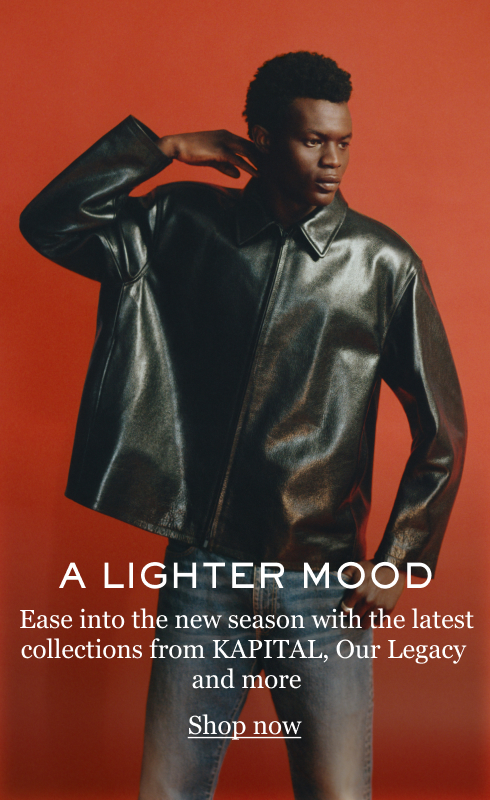TOM FORD Photochromatic Achilles Sunglasses

The TOM FORD Photochromatic Achilles Sunglasses are perfect for a day near the slopes or a night out on the town.

The TOM FORD Photochromatic Achilles Sunglasses feature a apres-ski frame with a mask front and side spoilers. We also get bold, new contours form on the temples.

The lenses darken and lighten gradually and automatically depending on the light exposure. The color adjustment improves the eye protection and gives a higher comfort in any light condition. A shiny plastic style with the metal T logo on the temples.
Photochromic lenses darken and lighten in response to UV light exposure, thanks to tiny molecules that change structure upon UV exposure, absorbing more visible light and thus darkening the lens.
Here’s a more detailed explanation:
- The Science Behind it: Photochromic lenses contain microscopic molecules, often silver halide and chloride, that react to ultraviolet (UV) light.
- How they work:
- UV Exposure: When exposed to UV rays, these molecules change their shape and structure, causing them to absorb more visible light.
- Darkening: This absorption of visible light makes the lens appear darker, similar to sunglasses.
- Clearing: When UV exposure decreases, the molecules revert to their original state, allowing the lens to become clear again.
- Factors Affecting Darkening:
- UV Intensity: The intensity of UV light determines how quickly and how dark the lenses become.
- Temperature: Temperature can also affect the speed at which lenses darken and clear.
- Lens Material: The type of lens material (glass or plastic) and the way the photochromic molecules are embedded can influence the performance of the lens.
- Benefits:
- Convenience: Photochromic lenses eliminate the need to switch between regular glasses and sunglasses, offering a seamless transition between indoor and outdoor conditions.
- UV Protection: They provide continuous UV protection, shielding your eyes from the sun’s harmful rays.
- Eye Comfort: They reduce eye strain in bright conditions by automatically adjusting to the light level.
- Limitations:
- Driving: Photochromic lenses may not darken as effectively inside cars, as car windows filter out some UV light.
- Cold Weather: In cold temperatures, the lenses might take longer to darken and clear.







